Few representatives of the plant world retain decorativeness with a lack of light. Shade-loving indoor plants, both decorative and deciduous, and beautifully flowering, are less demanding on lighting. With their help, even beginner gardeners can create a green corner of nature in their home.
Material Content:
Blooming shade-loving indoor plants: a list
There is a group of species that bloom profusely even with a lack of light. Due to the high concentration of chlorophyll in the leaves, photosynthesis takes place in low light conditions. In relation to insolation, two more groups are distinguished in the composition of the flora: photophilous and shade-tolerant.
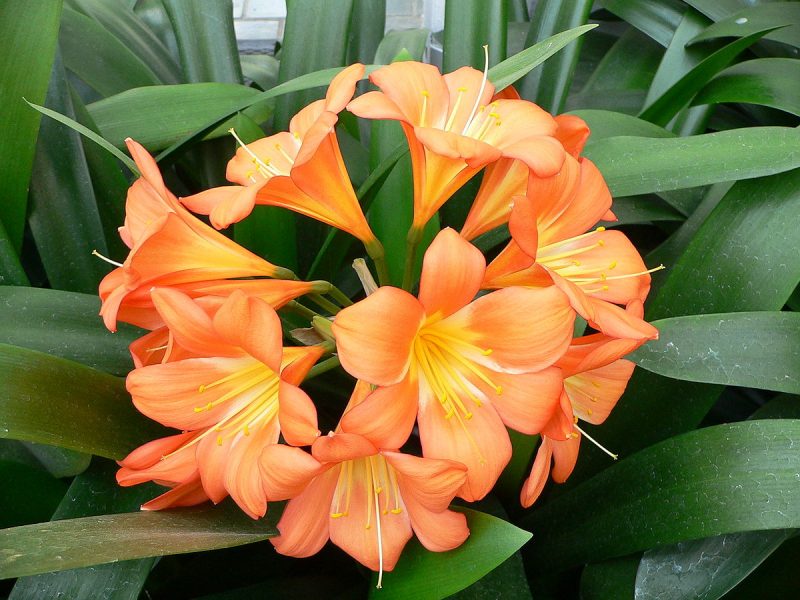
List of flowering shade-loving indoor plants:
- Evergreen Rhododendron (Indian and Japanese Azaleas).
- Beautifully flowering varieties and hybrids of tuber begonia.
- Ophiopogon Yaburan (Japanese).
- Evpatorium is blue.
- Clivia is cinnabar.
- Hypocytosis.
Shade-tolerant plants use diffuse lighting and light shading, but they do not always bloom in partial shade. Lack of light can lead to loss of buds. Short-day plants bloom in November or December. Room chrysanthemum looks great during this period, on which flowers appear for about 6 months in a row.
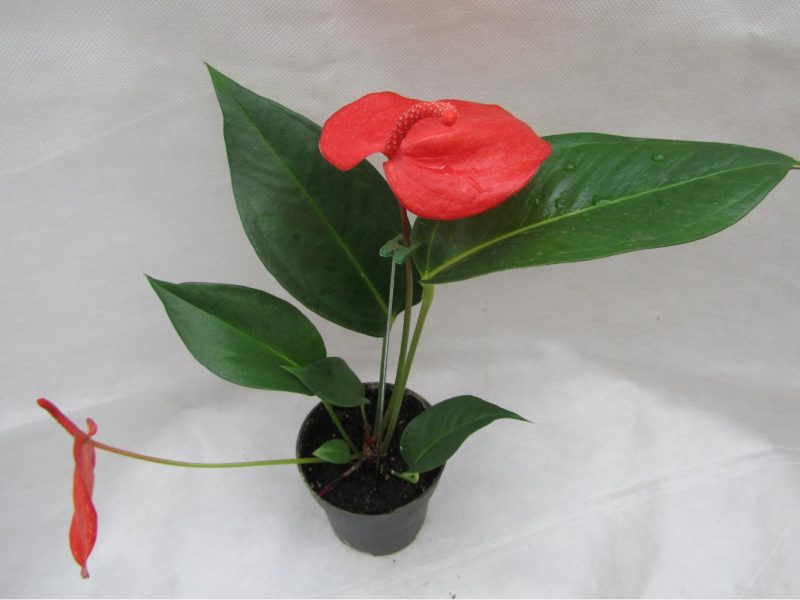
Beautiful flowering shade-tolerant plants:
- umbellant agapanthus (African lily);
- flowering begonias;
- achimenes hybrid;
- Scherzer Anthurium;
- purple wallot;
- calla ethiopian;
- Chinese rose;
- zygocactus and others
Flowering plants are not recommended to be moved or rotated until flowering is complete.
Keep in mind that the sun's rays almost do not fall into the northern windows. In addition, glass reflects and absorbs almost half of daylight. At a distance of 2 m from the window, 10% of the illumination received by the green spaces on the street penetrates. Artificial lighting helps indoor colors with a significant lack of light.
Unpretentious foliage plants
Shady and shade-tolerant indoor flowers can be placed on a desk or chest of drawers. Compositions from such plants will decorate any interior.
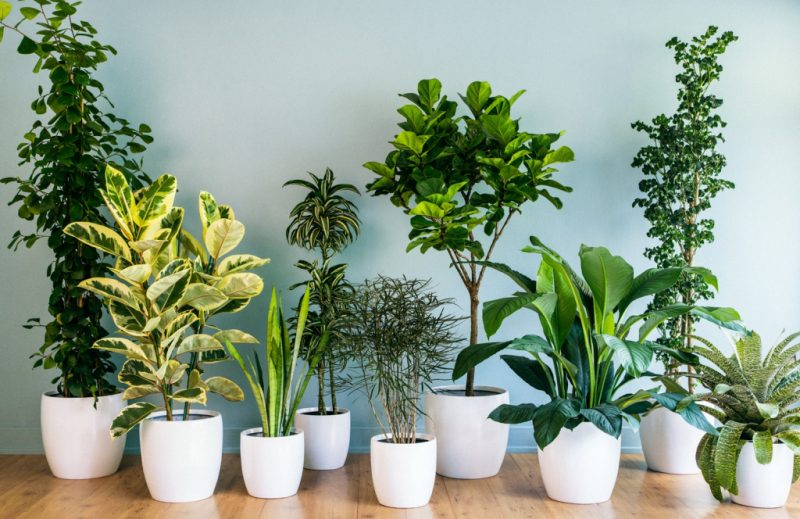
Decorative foliage indoor flowers, undemanding to lighting and care:
- rheo vesicular (violet tradescantia);
- Kadiera pylaea and mossy;
- apical cordiline;
- laurel noble;
- crested chlorophytum;
- aspidistra high;
- Japanese Aucuba
- needle (ruscus);
- Gasteria
- dreamiopsis.
Unpretentious decorative and deciduous species of plants are widely used to create green walls and corners in halls, offices.
Rheo-vesicle or violet tradescantia is a kind of “champion” in shade tolerance and undemanding care. There is a slight minus - the fragility of the leaves of the reo at the point of attachment to the stem. When exposing the bottom, you can cut off the tops and put in water. In a week, young shoots will begin to grow from the “stumps” in the pot, and thick roots will begin to grow from the top sections.
Curly Shade Hardy Plants
Openwork foliage of asparagus, chlorophytum with a cascade of daughter sockets, striped leaves of zebrina look very attractive in hanging planters and baskets. Tanks do not fill the soil to the very edge, since the underground parts take up more space and come to the surface over time.

Shade-tolerant and shade-tolerant ampelous plants:
- white-flowered and river tradescantia;
- asparagus cirrus and finest;
- plectrantus hybrid;
- purple netcreasia;
- climbing philodendron;
- ivy;
- hanging zebrin.
Climbing shade-tolerant plants fit the walls of rooms with artificial lighting, windows facing north. From direct sunlight on the shoots and leaves, burns can appear, the earth in a pot quickly dries up. Monochrome indoor plants are more shade-tolerant than variegated varieties.
Palms and large trees for the home
Large, well-leafy plants effectively clean the air of dust and pollution. Large-sized plants are placed in spacious rooms, since many of them reach a height of 0.8–3 m. Shade-tolerant plants in floor flowerpots can be placed in rooms with windows facing north.
Attractive palm leaves look like a fan or feathers. Rafis is ribbon-like not demanding on lighting and watering. The tall and date palm trees require more light and moisture. Such plants are best placed closer to the window, but protected from direct sunlight.
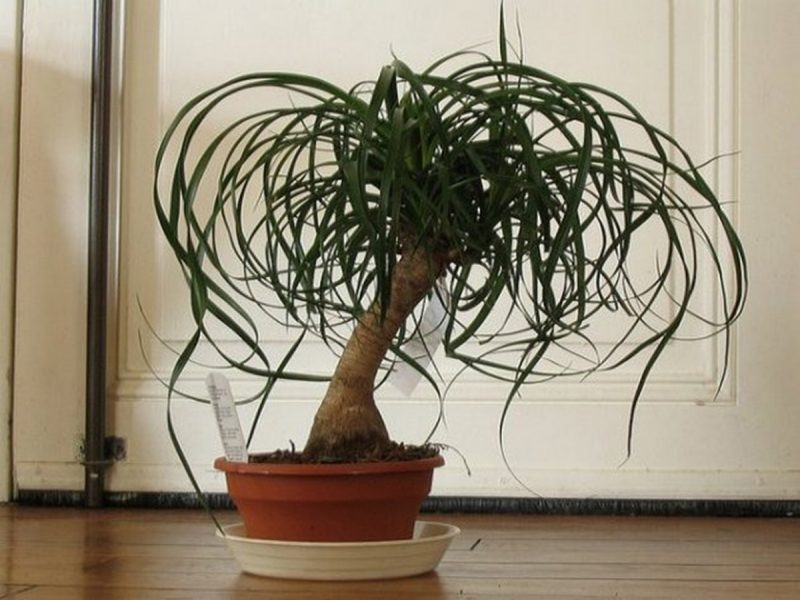
In order that the form of a bush or a tree is not one-sided, they turn the flowerpots or boxes to the light either on one or the other side.
Shade-tolerant and shade-loving large-sized:
- marginalia or bottle palm;
- the monstera is amazing;
- ribbon-shaped raffis;
- Veitch Pandanus;
- ficus elastic;
- zamioculcas;
- ferns;
- sansevier;
- dracaena.
Read also:monstera: home care
Veraci dracaena and pandanus look fresh and elegant with artificial lighting, away from the window.

Bamboo of happiness, elastic ficus and zamioculcas prefer diffused light, but put up with a lack of lighting. Almost all large-sized plants are thermophilic plants.
The most shady ones: names and descriptions
The use of plants in the interior requires at least minimal knowledge about the biological characteristics of green pets. The most shady and shade-tolerant will make attractive the nooks of a house, apartment or office. The permissible distance from the window for the least demanding of lighting is 2 m from the north, 3 m from the window of a different orientation.
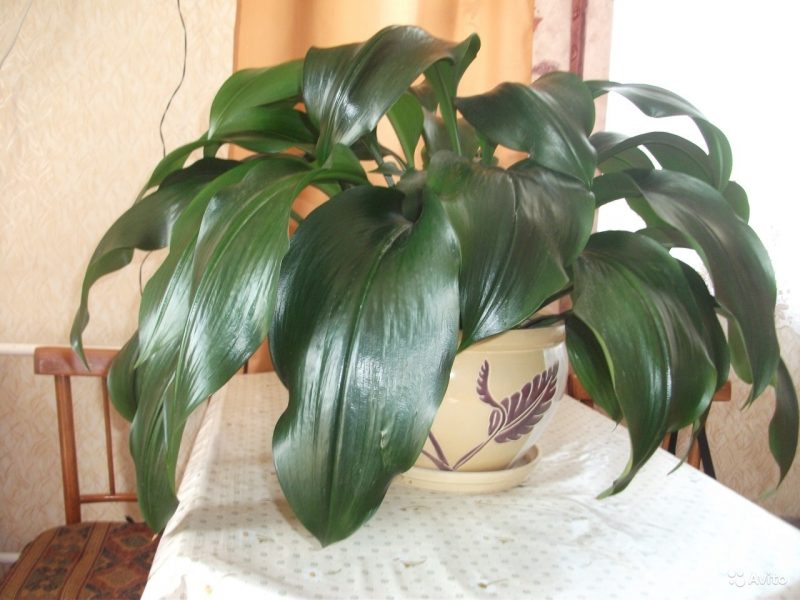
Easier to tolerate shading:
- Aspidistra tall - a plant with large oval leaves that extend directly from the rhizome.
- Japanese Aucuba is a shrub with shiny leaves. The green leaf form is more shade tolerant compared to the variegated hybrid.
- The modest aglaonema is a tall plant with oval-shaped leaves. Bright red fruits look decorative on a green background.
- Long-leaved bracken - a moisture-loving fern, resistant to lack of light. Leaves (vai) have a feathery shape.
- Helsinki Soleirolia (Gelksina) is a miniature plant with numerous creeping shoots, pale green leaves with a diameter of about 4 mm. It forms a curly bush that looks like a ball.
- Epipremnum or scindapsus golden - a shade-tolerant ampelous plant with oval-oblong, pointed leaves. Yellowish or white spots stand out better on a green background with a light location.
Recommended plants for the hallway, kitchen, bedroom
In the spacious hall and large entrance hall, floor vases look good, in which they plant an aspidistra, sansevier, fern, ophiopogon, palm trees, dracaena. The assortment of climbing plants for green walls and planters is diverse: ivy, zebrins, chlorophytums.

In the kitchen grow asparagus, ficus, aloe, "money tree". Tradescantia leaves effectively clean and disinfect air. Chlorophytum captures toxic carbon monoxide, which is released during the combustion of gas, firewood, coal.
It is interesting: money tree: medicinal properties and contraindications
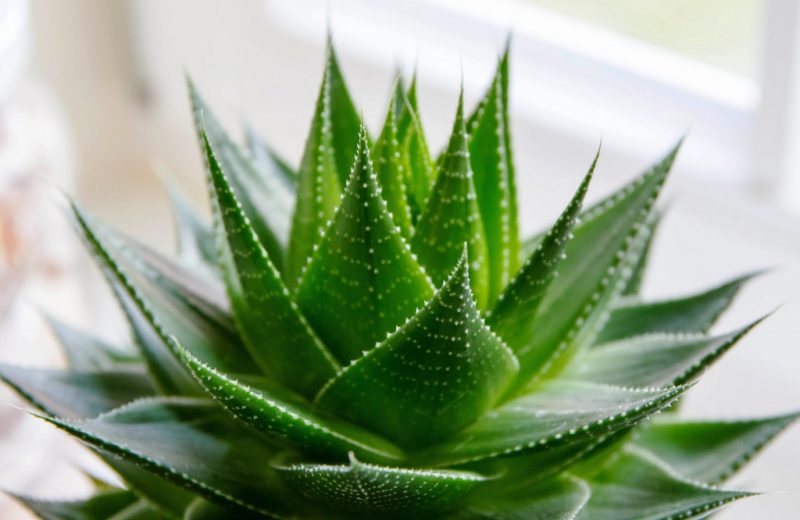
You can not keep plants that are poisonous, have thorns and thorns in children's rooms.
Safe and undemanding to care are chlorophytums, zebrins, tradescantia, begonias, aspidistra. In addition, abutilon, cyperus are suitable for the bedroom and children's room. If the window sills are narrow, there are heating batteries under them, then you can increase the surface using a long box with a side. Another option is to hang a flowerpot with asparagus, cissus, zebra, blooming bells near the windows.
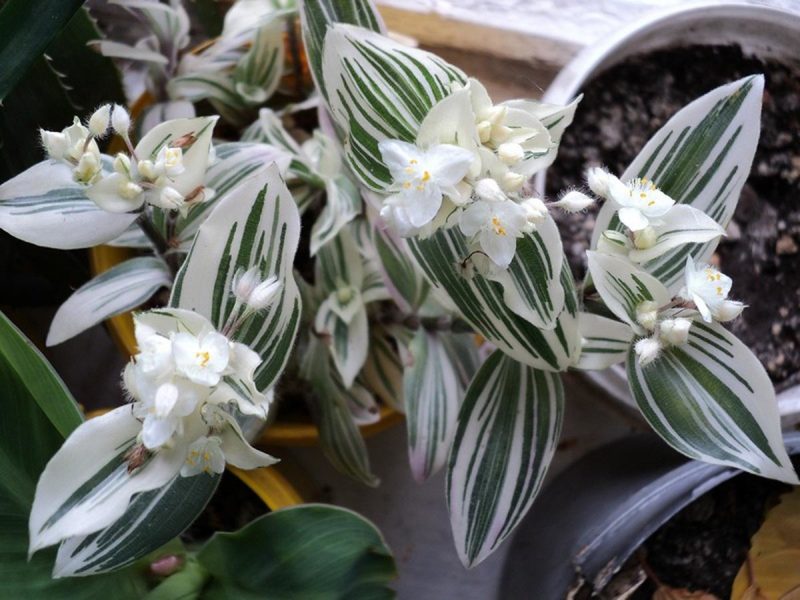
It happens that the owners of an apartment or house often go away for several days or weeks, and there is no one to look after the plants. It is recommended in such situations to remove the pots and flowerpots with green pets deep into the room and water abundantly, or use devices for automatic watering.












